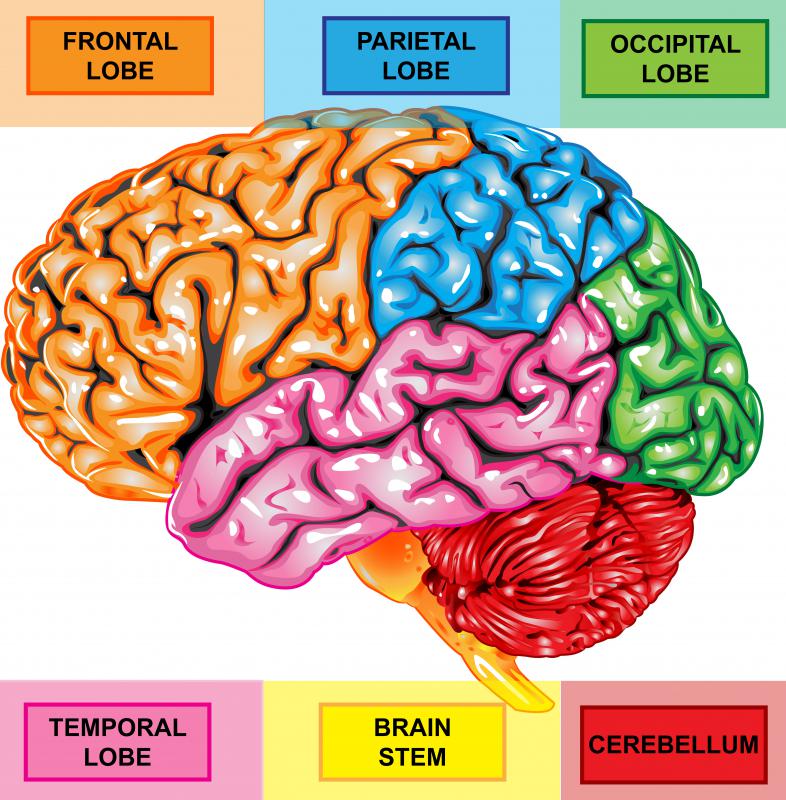At WiseGEEK, we're committed to delivering accurate, trustworthy information. Our expert-authored content is rigorously fact-checked and sourced from credible authorities. Discover how we uphold the highest standards in providing you with reliable knowledge.
What is Locked-In Syndrome?
Locked-in syndrome is a neurological condition characterized by an almost total paralysis of the body which leaves the patient's brain fully intact and active. Essentially, the patient is locked inside his or her own body, with limited communication abilities. The chances of recovery from locked-in syndrome are very slim, with most treatments being focused on palliative care to keep the patient comfortable and facilitate communication.
This rare medical condition is caused by damage to the brain stem which causes the body to become paralyzed. Lesions on the brain stem are a common cause, as is trauma, stroke, or disease. Because the brain stem controls muscle movements and a variety of instinctive movements like breathing and the heartbeat, locked-in syndrome doesn't just stop the patient from moving, it also threatens his or her life. The patient cannot swallow independently, for example, and breathing and heart rate may be disrupted, along with the function of other organs.

Most patients with locked-in syndrome are able to move the muscles around their eyes. This has led people to develop communication systems based on the movement of the eye muscles. This type of communication is usually based on blinking in response to yes or no questions, or spelling out words by blinking, with the assistance of a helper who reads out letters of the alphabet. Because the upper brain is intact, some researchers have also suggested that developing technology which could interface directly with the brain could be beneficial for patients who have this condition, as it could allow them to communicate in a less cumbersome way.

For patients in this condition, life can be very frustrating. Patients who have established communication with their families and medical teams have testified about their experiences, describing the sense of being trapped inside a wall, well, or tunnel with an inability to get out. A patient in a locked-in state can hear, see, and interpret stimuli just like someone in normal physical condition, but he or she can only respond with the eyes.
The prognosis for someone with locked-in syndrome is not good. Most patients never recover, and they tend to experience complications related to the damage to their brain stems which eventually lead to death. Sometimes, massage or stimulation of the muscles can help a patient with locked-in syndrome. Supportive care including feeding tubes and catheters is usually needed to ensure that the patient gets the nutrition he or she needs, and is able to evacuate waste safely.
This condition has appeared in some novels, films, and television shows. One notable patient in a locked-in state, Jean-Dominique Bauby, wrote a book called The Diving Bell and the Butterfly about his experiences.
AS FEATURED ON:
AS FEATURED ON:












Discuss this Article
Post your comments